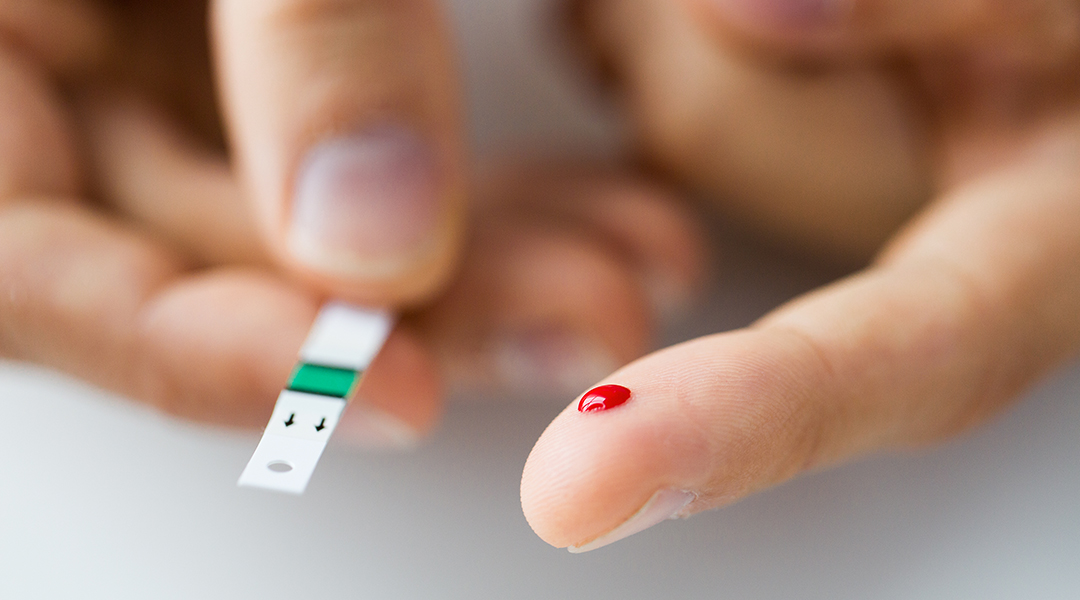Here we take a look at how CRISPR, the revolutionary “molecular scissors”, works and where its being used.


Here we take a look at how CRISPR, the revolutionary “molecular scissors”, works and where its being used.

Recent advances in micro- and nanoscale sensing technologies may help diagnose sepsis early and with greater accuracy.

From astronauts to programmers and medical researchers fighting the COVID-19 pandemic, these women are pushing boundaries in STEM.

Leopards, it would seem, are the kings of flexibility and adaptability in the big cat kingdom — lazy human aphorisms be damned.

Graphene-based biosensors incorporated in arrays of microneedles are emerging as an alternative to hypodermic needles and could be the next generation of blood sampling devices.

Following the tireless efforts of researchers and scholars, name change policies are becoming more prominent among scientific publishers, sparking hope for meaningful change.

Demoted from her tenure track position in the mid 90s, Katalin Karikó persisted with her research into RNA therapeutics and is now senior vice president of BioNtech.

Researchers build the first biocomputers from heart cells and demonstrate their ability to perform complex computational tasks.

The first digital CRISPR/Cas‐assisted assay that can detect SARS‐CoV‐2 in under 30 minutes.

A new computational technique allows researchers to model biological processes with better accuracy and at a lower computational cost.